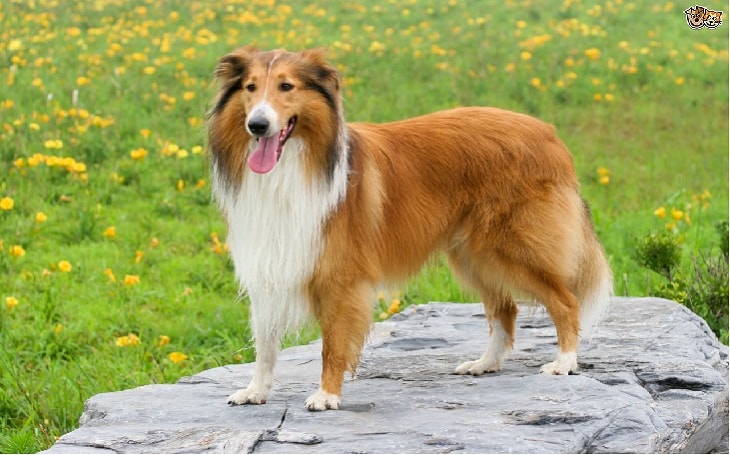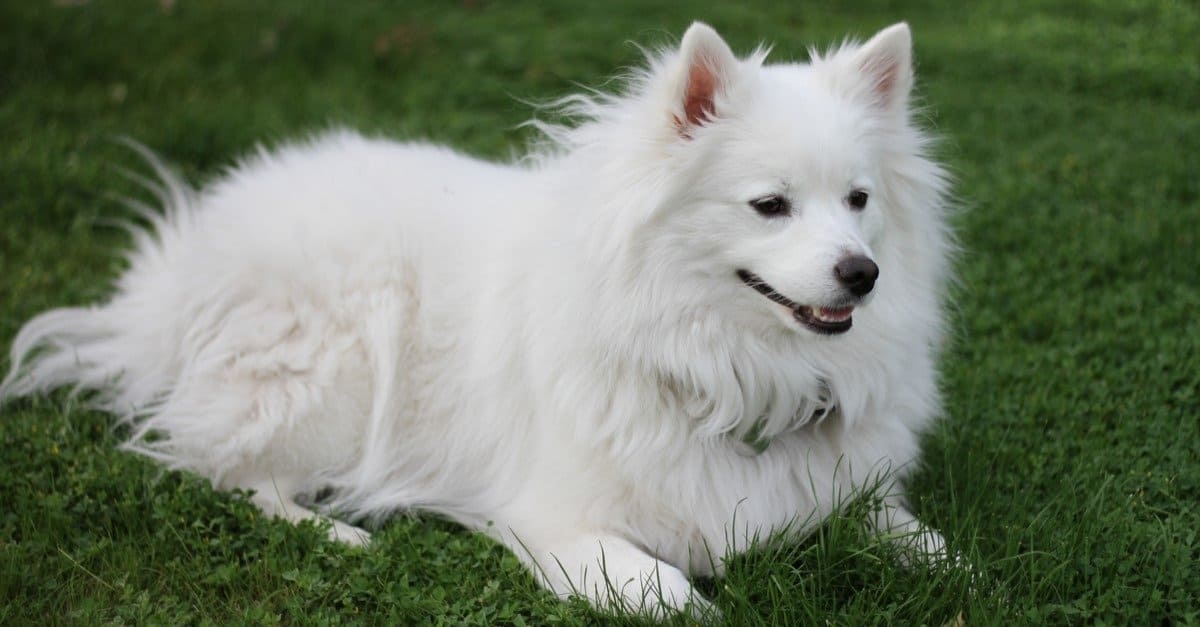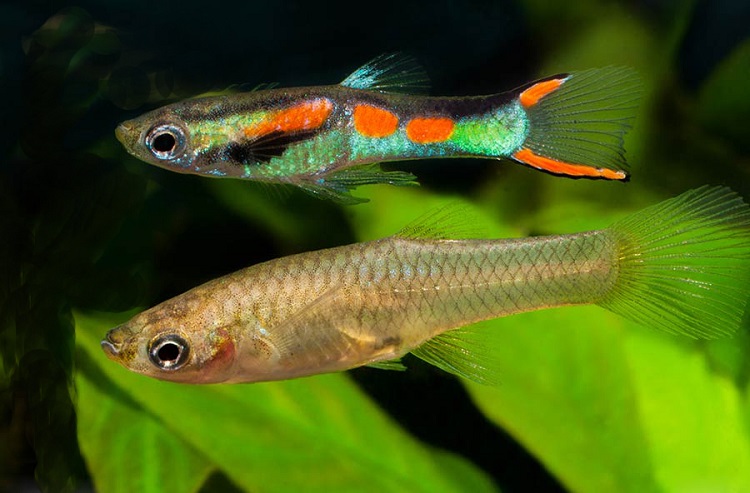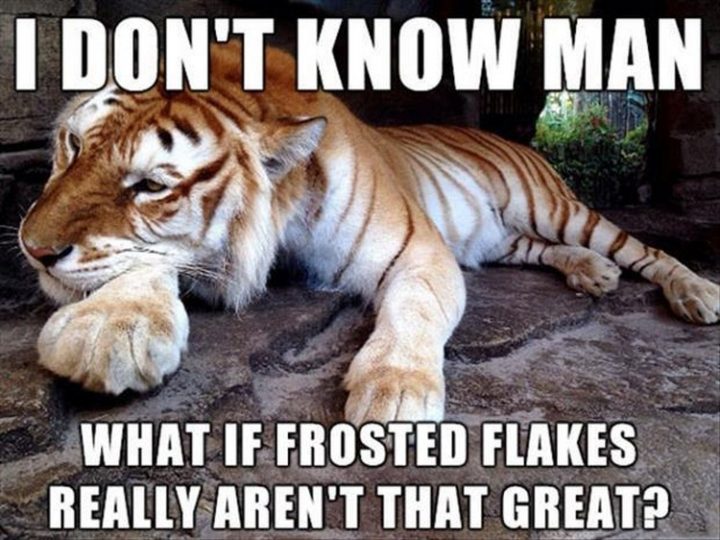20 Best Family Dogs Your Kids Will Love
By Emily Sanders. Reviewed by Kelly Gold, DVM
Updated 8/14/2024
The best dog for your family depends on your home & lifestyle, & every situation is different.
But generally speaking, good family dogs are adaptable & easy to train. They should be socialized, patient, & get along with both children & other pets. Children may also prefer playful dogs.
Dogs that don’t shed a lot may be better suited for households with allergies. Families living in apartments or townhomes may want a quieter, calm dog that won’t bark at every passing neighbor.
Here are 20 of the best family dog breeds that could be a good fit for your home.
1. French Bulldog
French Bulldogs are one of the most popular dog breeds in the U.S. Frenchies make one of the best small family dogs because of their cheerful & easygoing natures—not to mention their adorable flat faces.
While they can have a lot of health issues, these fun-loving pups are highly affectionate & one of the best dogs for kids because they love playing with children & other pets.
2. Labrador Retriever
Whether black, chocolate, or yellow, a Labrador Retriever makes a great family dog.
Labs are naturally affectionate toward family & strangers alike, & their high intelligence means they love learning new tricks. Labs especially enjoy swimming & are ideal pets for families that enjoy spending time around water.
3. Golden Retriever
Goldens also don’t tend to bark much when well-exercised, mentally stimulated, & trained. So, they won’t annoy your neighbors every time the mail is delivered.
4. Irish Setter
Irish Setters are energetic & playful dogs that do best in active families where they can play, swim, & hike alongside their humans. With a sweet & intelligent temperament, Irish Setters are good companions for children who want a cheerful & rambunctious friend.
5. Pug
Behind the Pug’s smooshed face is a friendly & excitable family dog. While this small pup can be prone to bouts of high energy, they’re mostly couch potatoes that want nothing more than to lie on the couch with their humans.
Just make sure your family doesn’t mind the ever-present sound of dog snoring before bringing this breed home.
6. Beagle
Rambunctious Beagles are high-energy pups that need lots of exercise (both for their body & their brain). They also need lots of supervision, as the Beagle’s keen sense of smell can lead them into mischief.
But these happy pups thrive under the care of active & doting pet parents, making them excellent family dogs—if you’re OK with their loud baying.
7. Newfoundland
Newfoundlands are big dogs with big hearts to match. Loving, friendly, & exceptionally patient with small children, the gentle Newfie does well in families who have the space for a 100-pound pooch.
8. Cavalier King Charles Spaniel
Loyal, affectionate, & patient, Cavalier King Charles Spaniels are one of the best dogs for families. Their smarts & eagerness to please their people make Cavs easy to train with positive reinforcement.
9. Collie
The Collie comes in 2 coat types: smooth & rough. No matter which fur type you choose, Collies are one of the best family dog breeds.
They’re loyal, gentle, patient with children, & one of the smartest dog breeds. Though not overly hyper, they’re energetic dogs that do best with a family that loves being outside.
10. English Bulldog
The English Bulldog is a great family dog, but like their French Bulldog relatives, they don’t do well in heat & may have breathing difficulties thanks to their flat face.
Though they need daily exercise to stay healthy, Bulldogs tend to be low-energy dogs & are content to spend the day snoozing.
11. Boxer
Boxers are playful, outgoing, & friendly—all traits of a good family dog.
However, their energetic & people-loving nature means they’ll jump up for attention. Pet parents will need to patiently train their dog not to jump up, especially if small kids are in the family. But with consistent training, Boxers can be one of the best dogs for kids.
12. Cocker Spaniel
With their luxurious coat & soft eyes, Cocker Spaniels are a popular choice for a pet, & their gentle-yet-cheeky personalities make them one of the best dogs for families.
Cocker Spaniels were originally bred as hunting dogs & are always ready for a good time, whether that’s running through the backyard with the kids or fetching a ball. They are also easy to train & typically friendly when meeting new people.
13. Brussels Griffon
Small but spunky Brussels Griffons make great pets because of their playful nature. They are affectionate & get along with children & other pets.
Brussels Griffons are also known as “Velcro dogs” because they love being around their family & often follow their pet parents from room to room. Be sure to give Brussels Griffons plenty of attention & don’t leave them alone for too long.
14. Standard Poodle
The largest of the 3 poodle sizes, the Standard Poodle is one of the best house dogs for many reasons. They are intelligent, friendly, & they don’t shed much.
Though there’s no such thing as a truly hypoallergenic dog, a Standard Poodle could be a good fit if someone at home is allergic to dogs.
15. Bernese Mountain Dog
Bernese Mountain Dogs are gentle giants with playful personalities. “Berners,” as they’re lovingly called, tend to be patient with children & other dogs, & their adaptable natures mean they can fit right into your home—temperamentally speaking, that is.
These giant dogs can grow to be over 27 inches tall & weigh more than 100 pounds, so make sure you have the space to bring one home.
16. American Eskimo Dog
American Eskimo Dogs, or “Eskies,” are “intelligent, alert, & friendly,” according to the official breed standard. The breed also comes in 3 different sizes, but the biggest is still on the smaller side, at only around 30 pounds.
Along with being one of the best dog breeds for families, Eskies are great apartment dogs because of their friendly disposition & manageable size.
17. Staffordshire Bull Terrier
Staffordshire Bull Terriers often have a bad rap because the breed’s 19-century origins were as bull-baiters. But with proper socialization & training, today’s Staffies are loyal, affectionate, & famously gentle around children. In fact, the breed is often nicknamed “the nanny dog” or “the children’s nursemaid” because they are one of the best dogs for kids.
18. Saint Bernard
Another good large dog for families is the Saint Bernard. These dogs are known for their calm demeanor & gentleness, even around rambunctious groups of children.
Just make sure you are fine with a lot of drool, which comes as part of the Saint Bernard package.
19. Rhodesian Ridgeback
Also known as African Lion Hounds, Rhodesian Ridgebacks were originally bred to hunt big game—including lions. However, today the breed is famous for friendliness.
Rhodesian Ridgebacks are active dogs that do best in active families. Plan for lots of exercise, like long walks, swimming, or agility courses to keep this breed happy.
20. Goldendoodle
Part Golden Retriever, part Standard or Miniature Poodle, Goldendoodles inherit characteristics from their parents that make them one of the best family dogs: intelligence, friendliness, & low-shedding hair.
The breed can be prone to separation anxiety, so they may do best in a family of homebodies or those who are always willing to take their pup with them on adventures. Crate training from puppyhood can help reduce separation anxiety as well.
Is My Family Ready for a Dog?
If you’re thinking of adding a dog to your family, ask yourself a few questions first:
- How old are your children, & how will they adapt to a new pet?
- Does anyone in your family have allergies?
- How much exercise do you get? How active is your family?
- Is your family willing to invest in training, exercising, & caring for a new dog?
Remember: Dogs are a long-term commitment, & families should be prepared to care for their pup for 16 years or more, depending on the breed’s lifespan.
20 Best Family Dogs Your Kids Will Love | PetMD
Cute Critter Pics:



:quality(75))





























